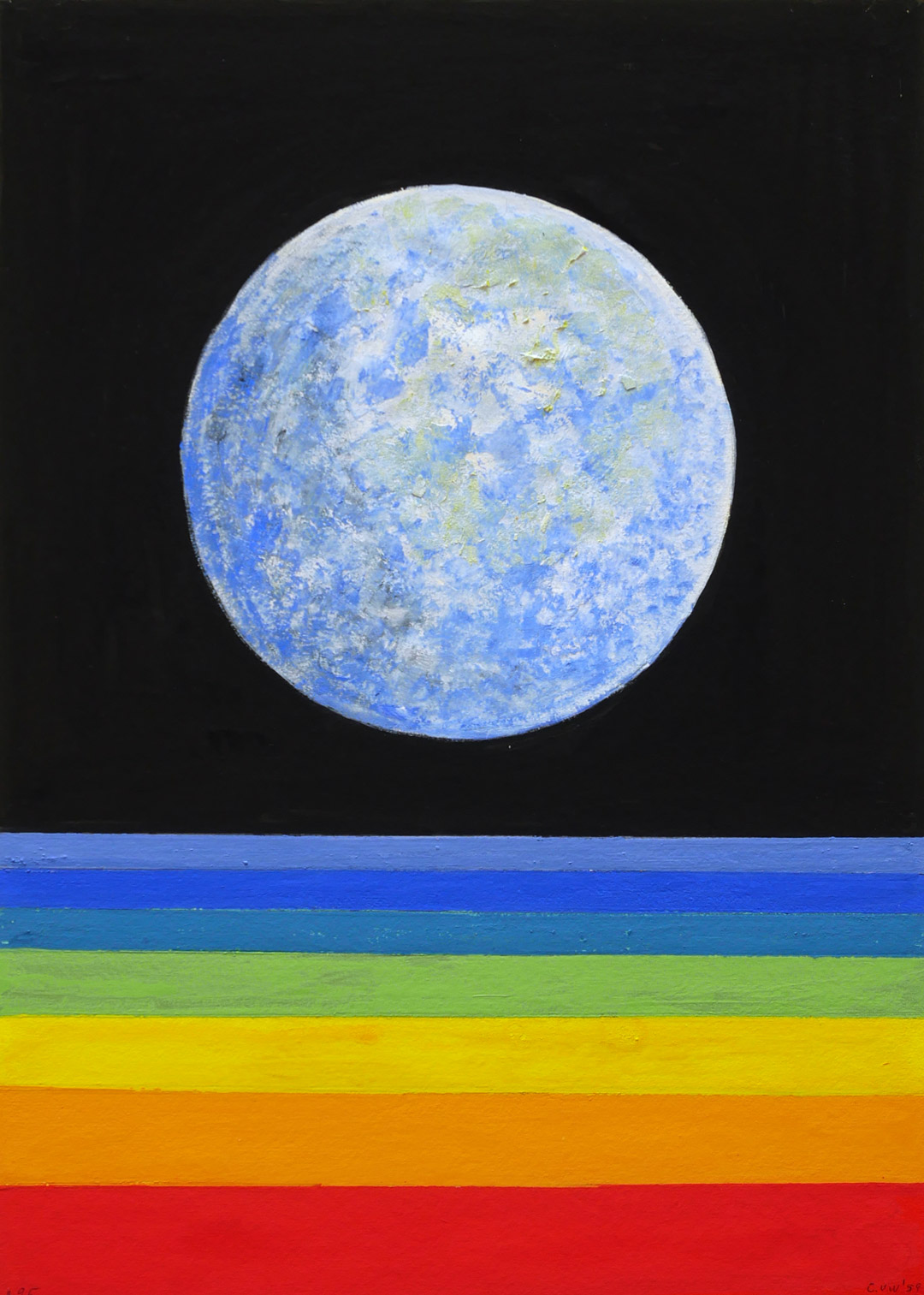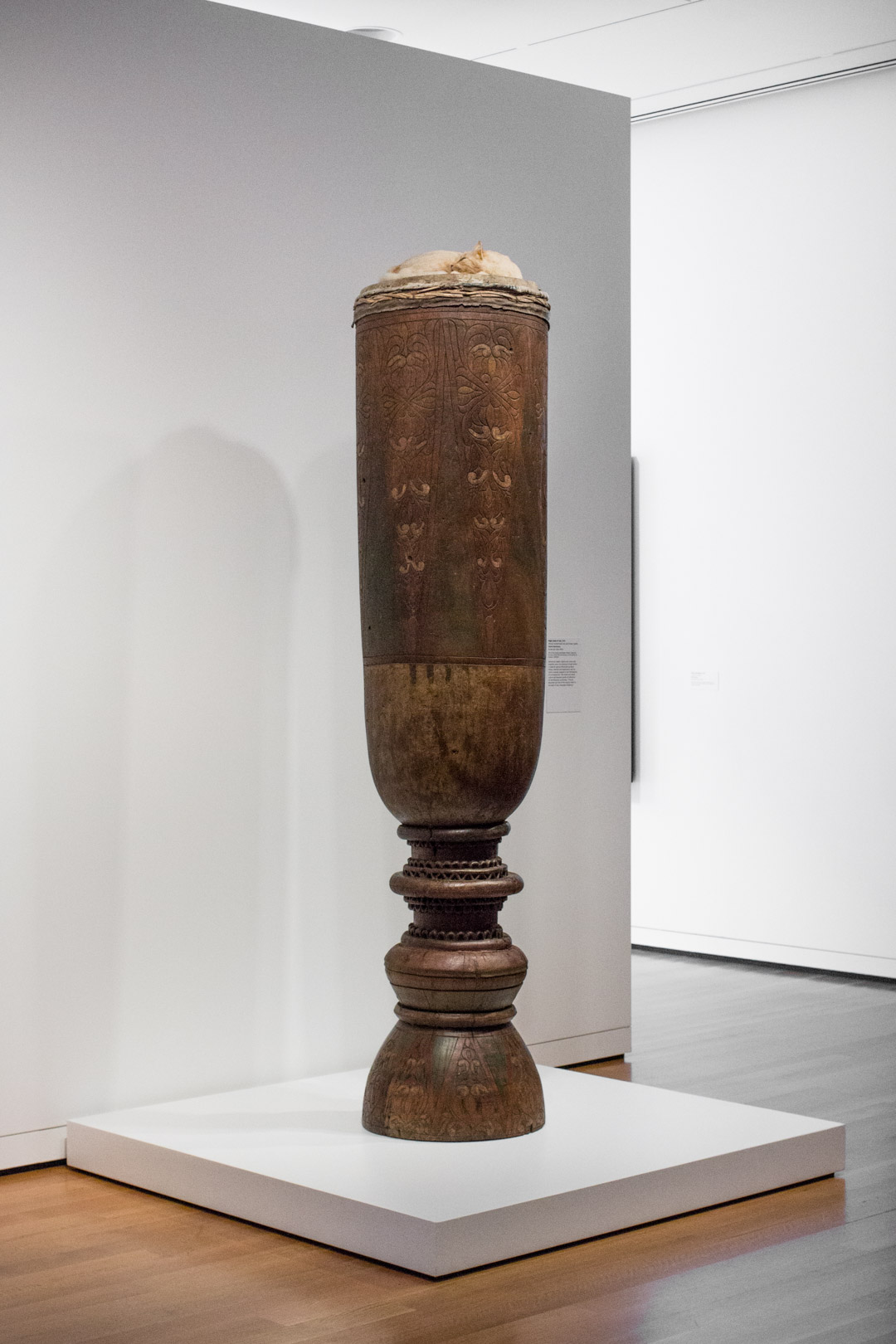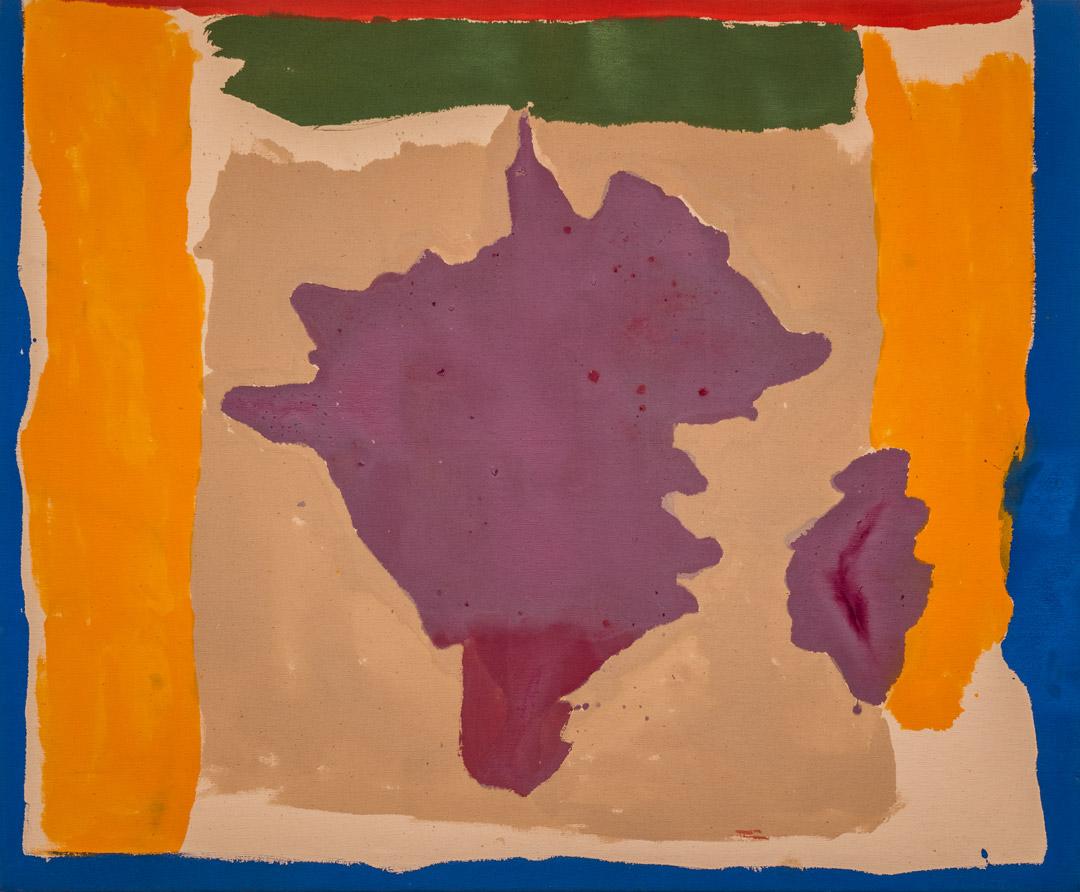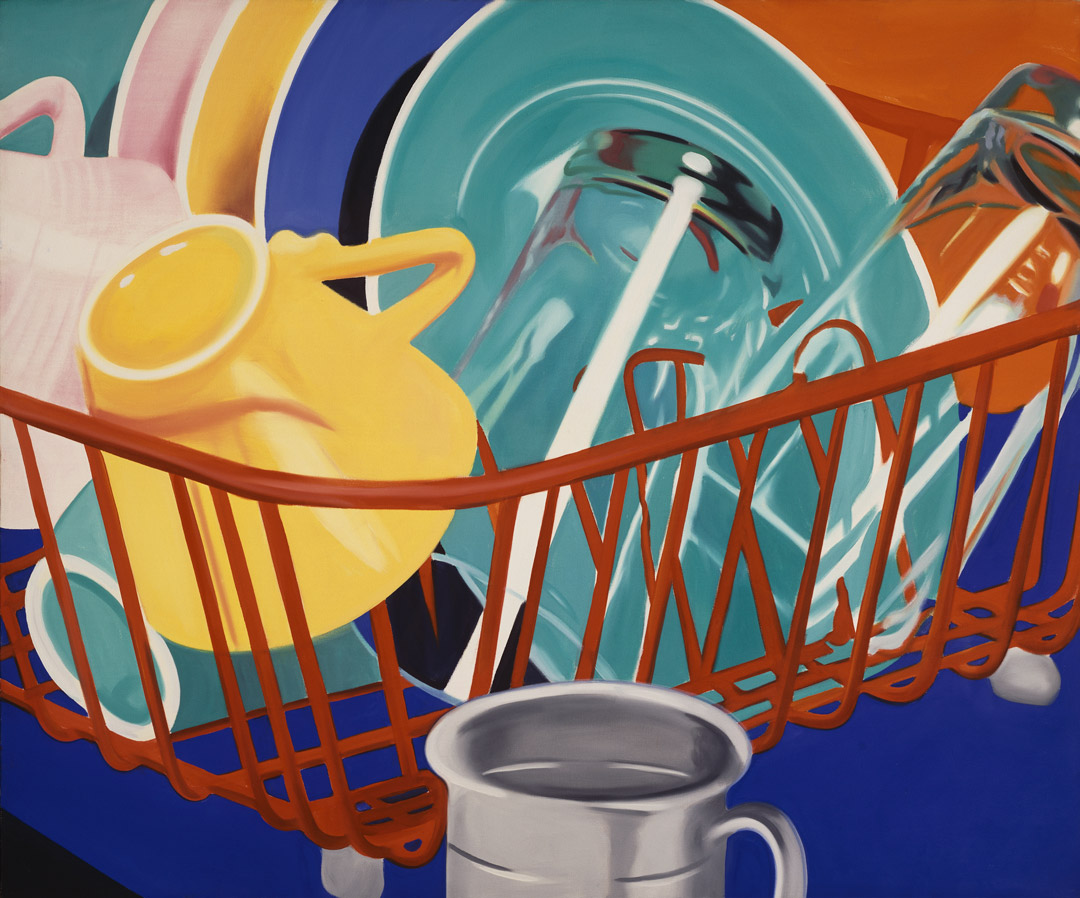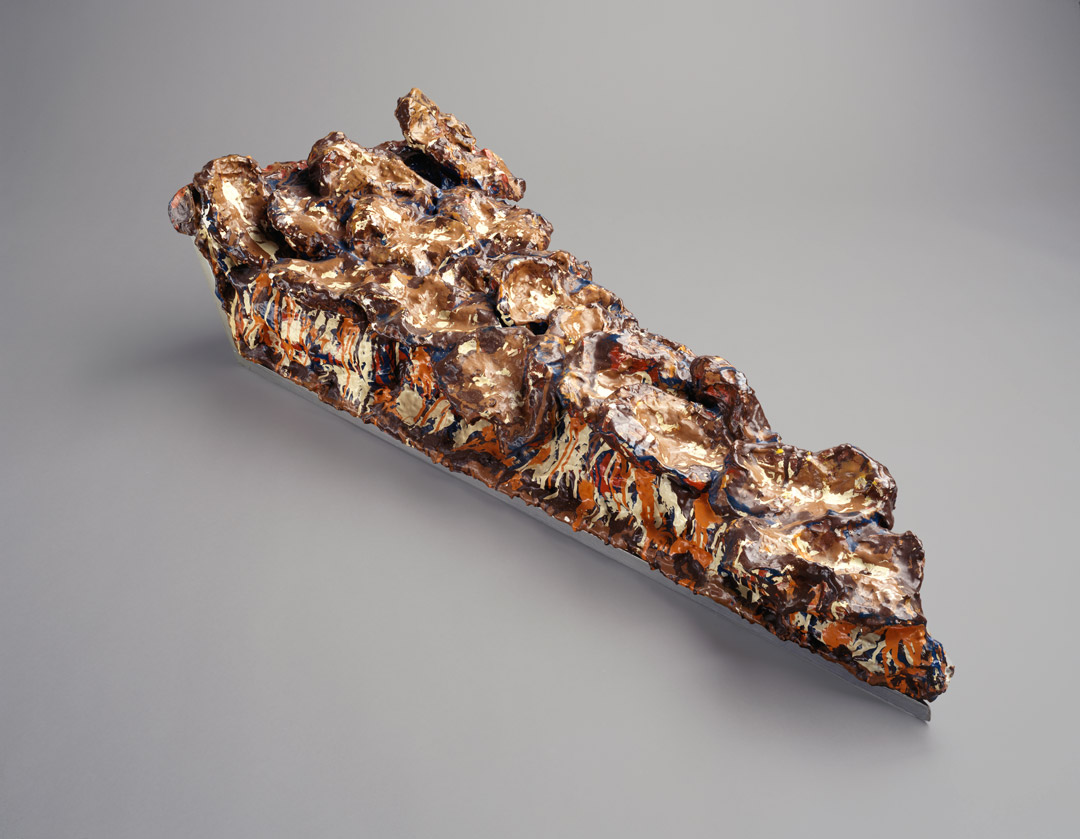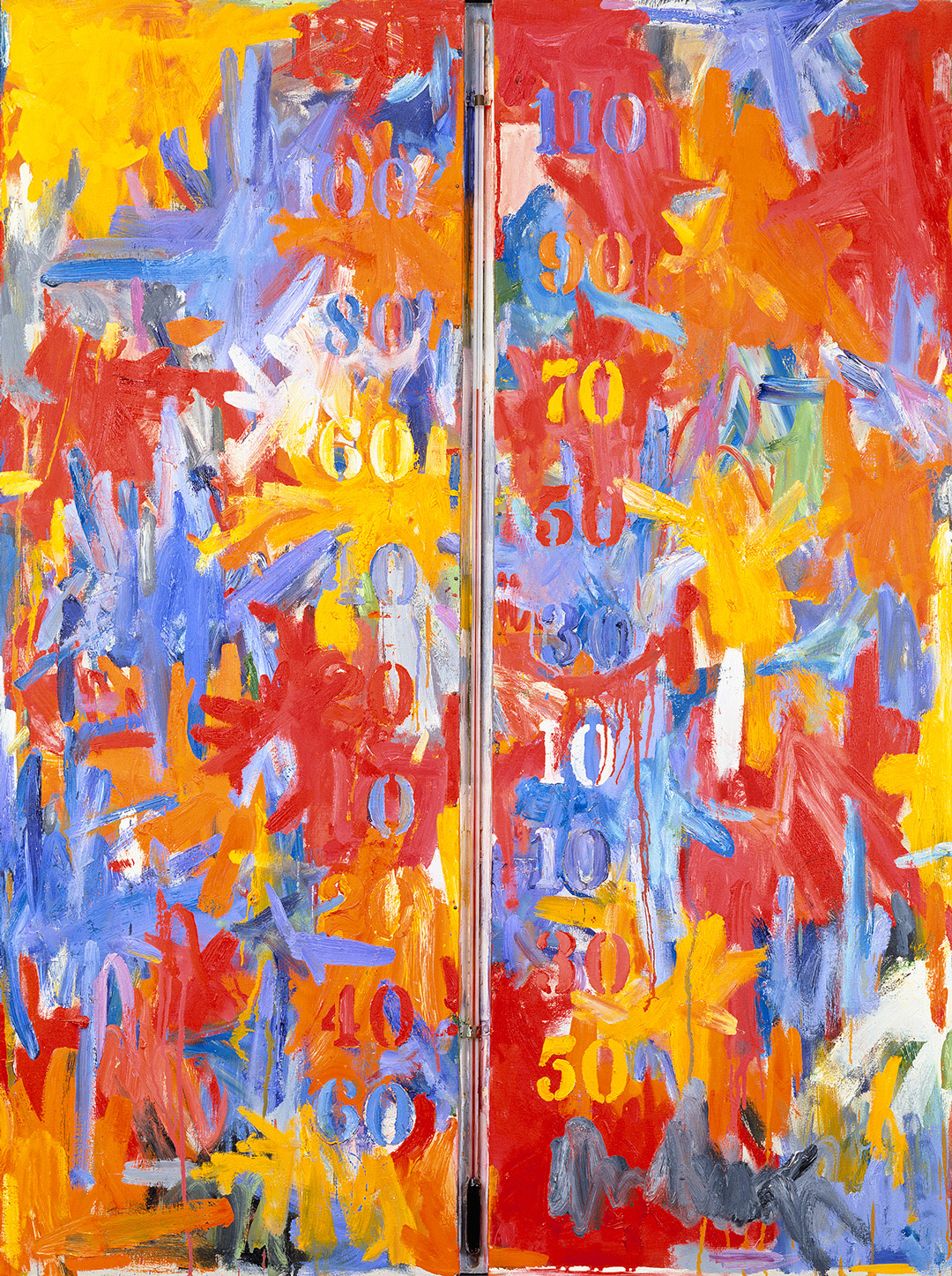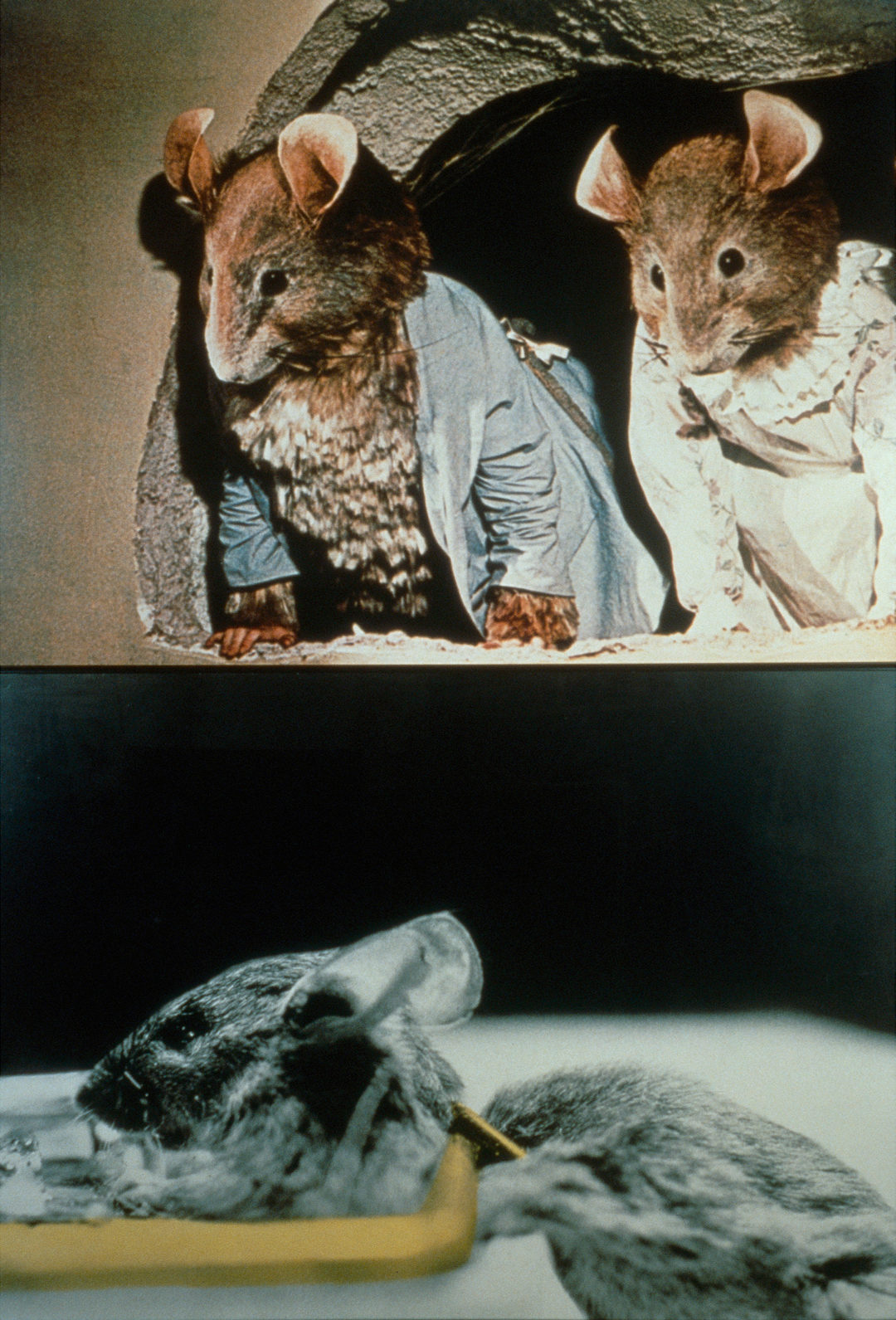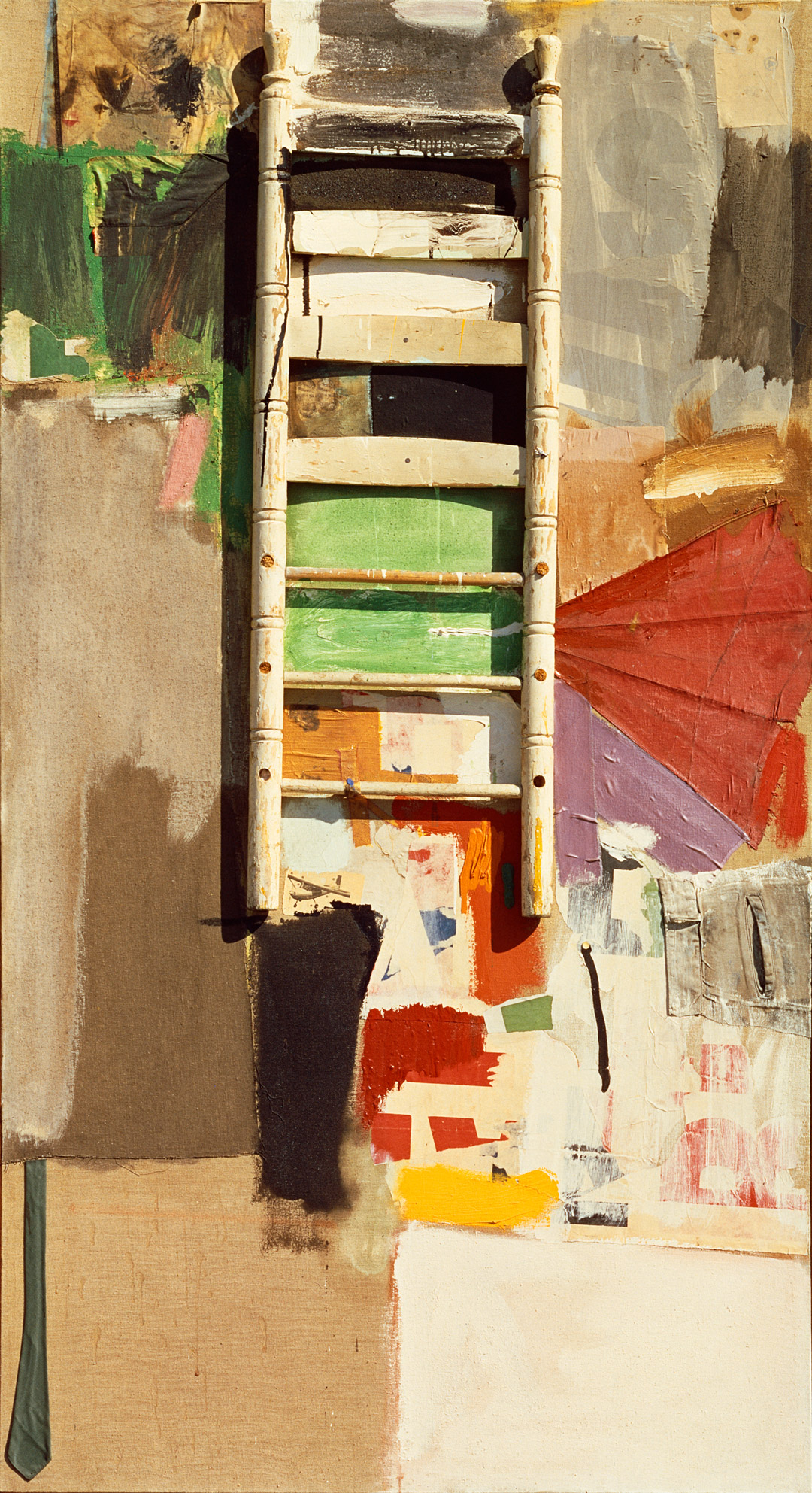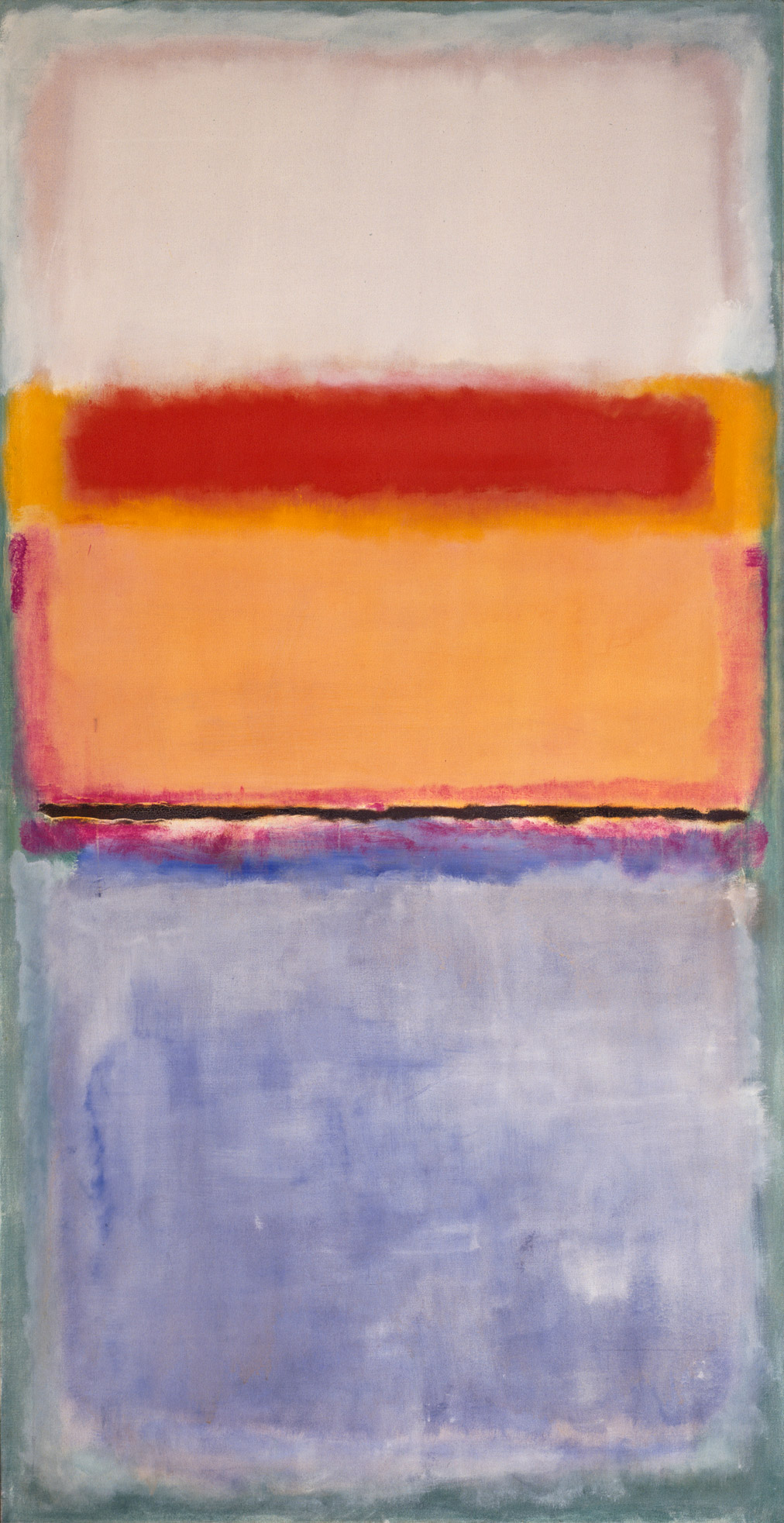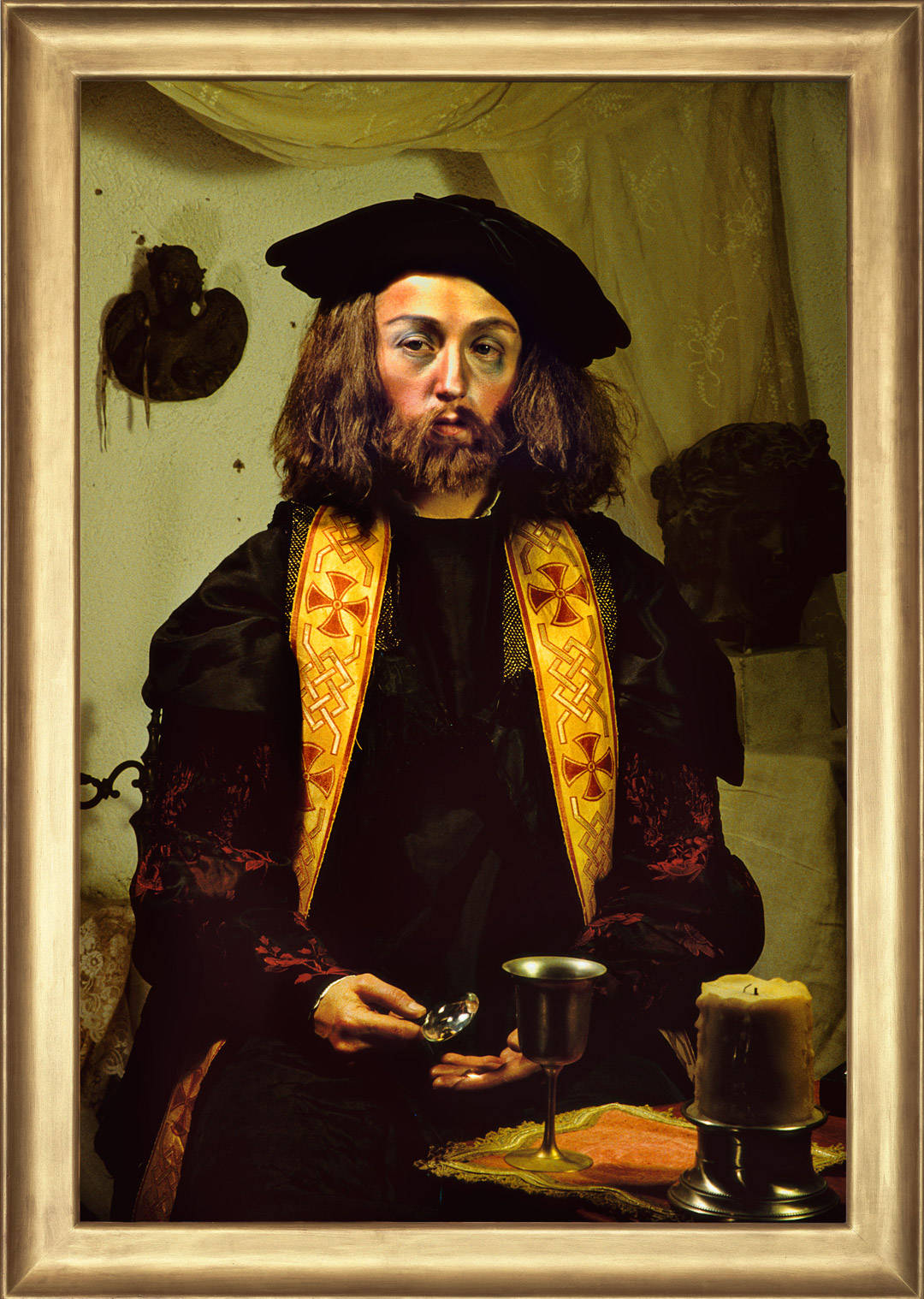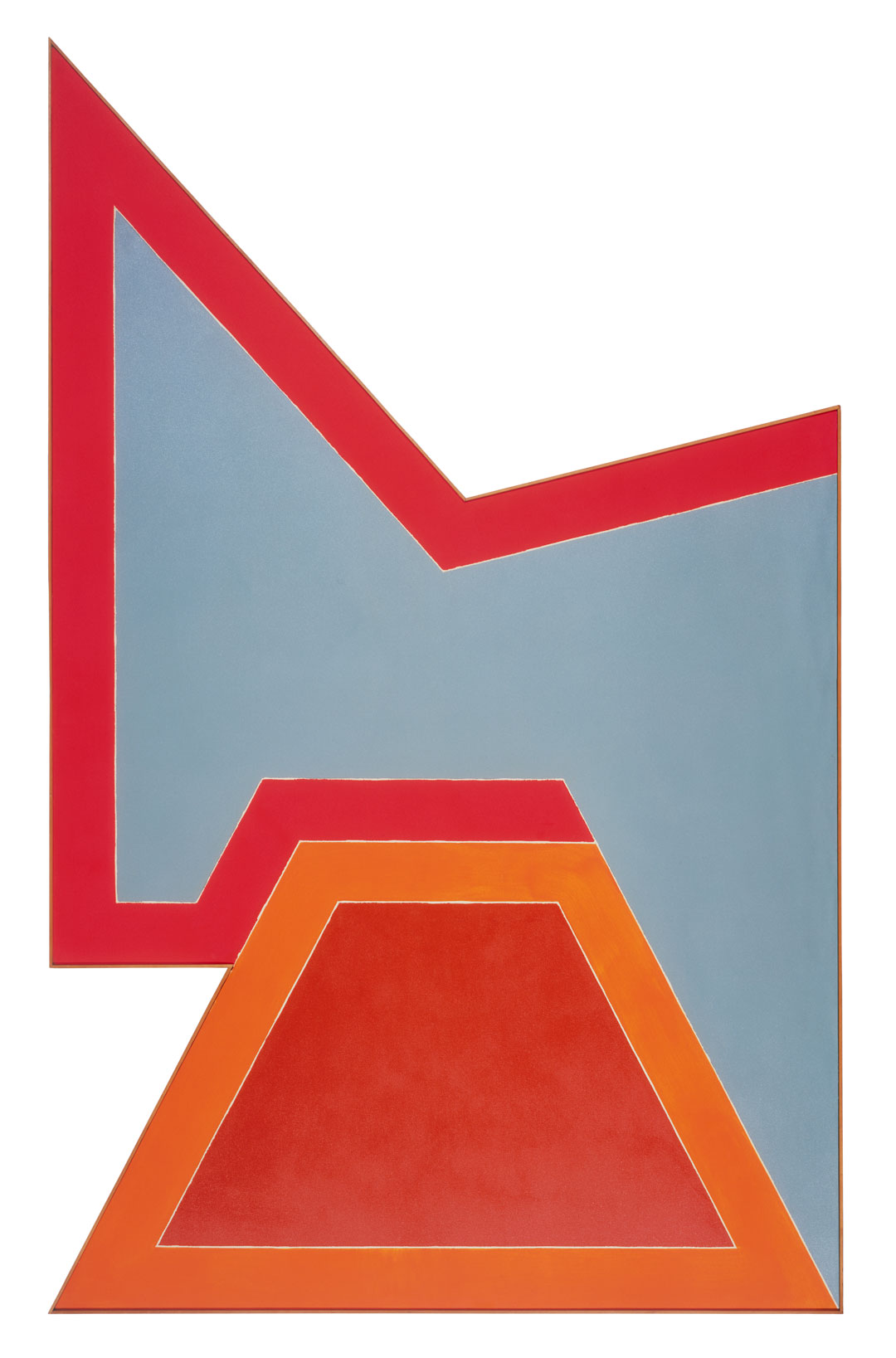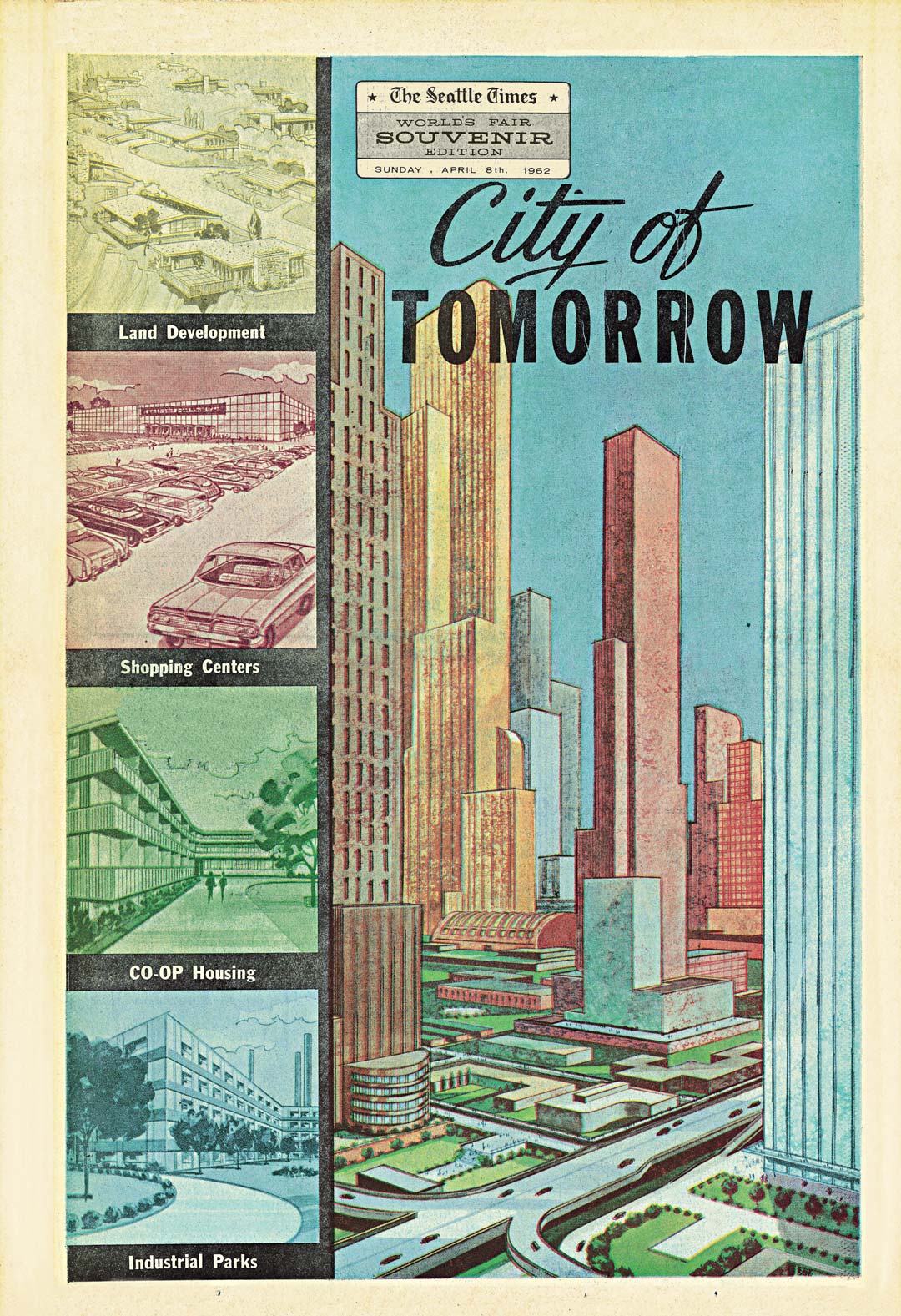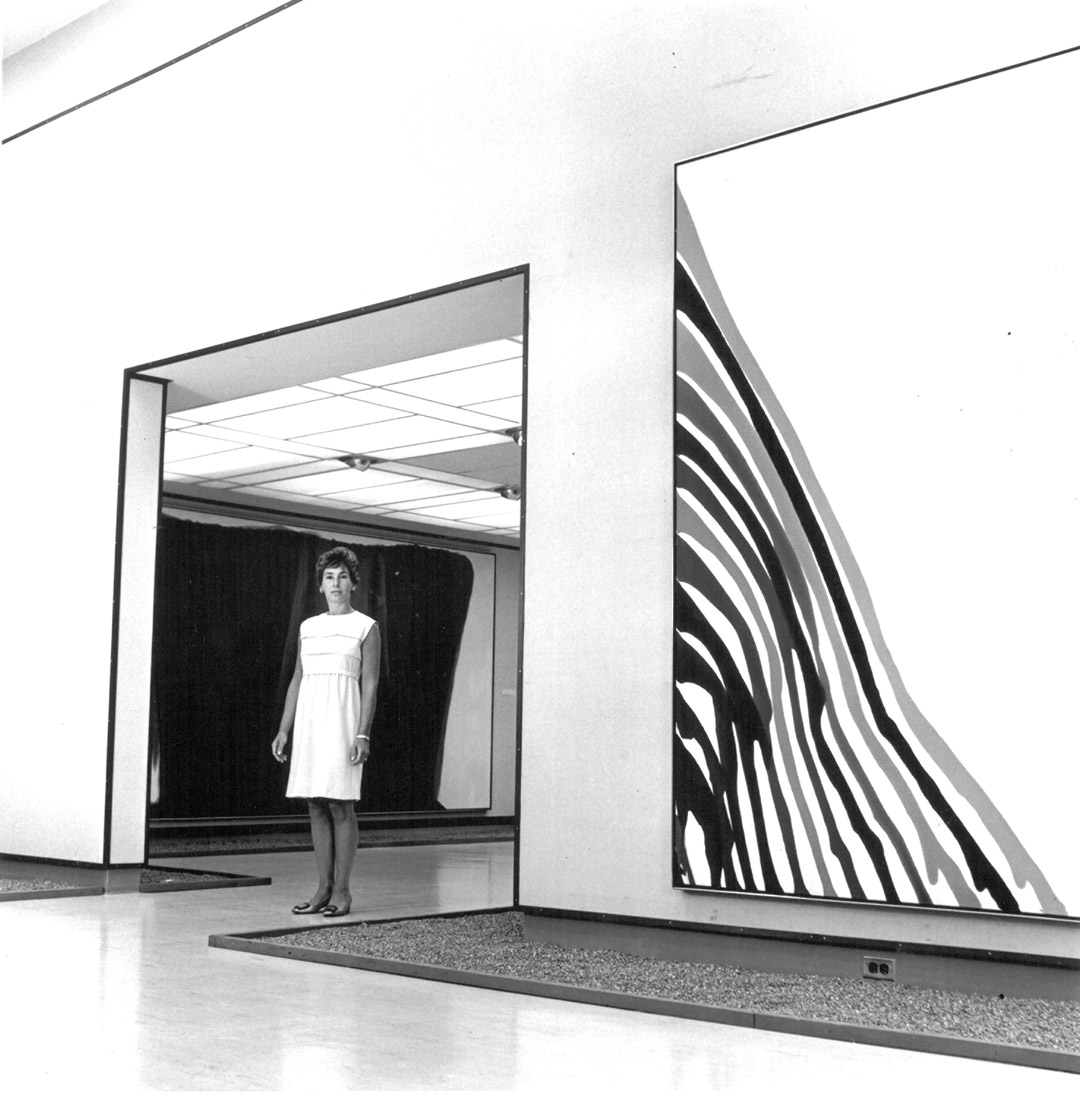City of Tomorrow: Jinny Wright and the Art That Shaped a New Seattle presents works from one of the best collections of modern and contemporary art in the country—all thanks to one visionary Seattleite. See works by major American artists including Helen Frankenthaler, Philip Guston, David Hammons, Jasper Johns, Franz Kline, Robert Rauschenberg, Mark Rothko, Frank Stella, Cindy Sherman, and Andy Warhol in this extraordinary exhibition. You can’t tell the story of Seattle’s art world without telling the story of Jinny Wright.
Featuring 64 works created between 1943–2003 that define bold and experimental art movements across the United States and Europe, City of Tomorrow features but a fraction of the many works that Jinny and her husband Bagley gifted to SAM over the years, many of which have not previously been displayed at SAM. The exhibition will also include archival photographs, ephemera, and other materials that trace the transformation of SAM, the city, and Washington state.
From gestural paintings coming out of the United States in the late 1940s and ’50s, to intense fields of color, to Assemblage, Pop and Minimal art, and the interdisciplinary art of the 1980s and ‘90s, Jinny ‘s priority was always to support young artists by collecting the work that was groundbreaking in its moment. She studied art, lived with art, and considered how art impacted the cultural landscape of her home, the Pacific Northwest.
Jinny’s various roles at SAM exemplify this impact. She became a SAM member in 1951, a docent in 1959, and joined SAM’s board in 1960. In 1964, she and a group of collectors started the Contemporary Art Council (CAC) at SAM. For the next decade, it arranged major contemporary exhibitions and lectures until the museum established a department of modern and contemporary art. When the Seattle Art Museum opened the Olympic Sculpture Park in 2007, many works from the Wright Collection were installed there.
Public artworks around the state were supported by the Virginia Wright Fund, founded in 1969, including on the University of Washington campus and at Western Washington University in Bellingham. In 1976, Jinny founded the Washington Art Consortium, an umbrella nonprofit with five museums around the region. In its 41 years, the consortium presented over 130 exhibitions through National Endowment for the Arts grants.
The city, and everyone in it, has benefited from the visionary voyage of Jinny Wright through her arts initiatives, donations, and fundraising. Her legacy lives not only in the collections and institutions she helped build, but also in her staunch belief that contemporary artists define their time. As we consider the pressing issues of our time, the museum envisions a city of our tomorrow with new collection priorities and artists that represent and reflect our community. We look to Jinny’s collection as the foundation on which we will build. City of Tomorrow is a chance to experience this transformative collection and extraordinary vision, and learn how the Wright Collection and Jinny made the region a better place to live through the arts.
Presenting Sponsors


Lead Sponsor

Generous Support
Contributors to the SAM Fund

